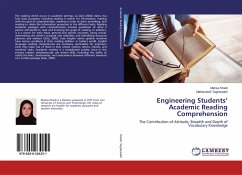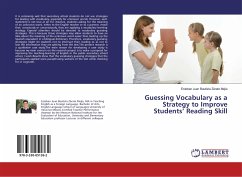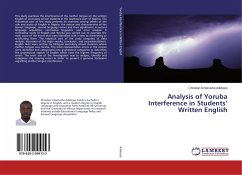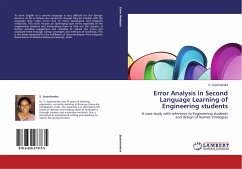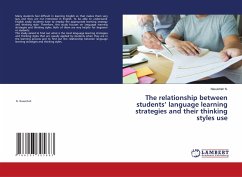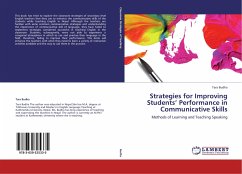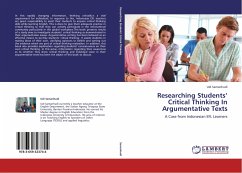The reading which occurs in academic settings, as Qian (2002) states, has four basic purposes, including reading in search for information, reading with the goal of comprehension, reading in order to learn something, and reading to relate the information presented in the different texts. Reading academic passages with comprehension involves prediction of what a person will decide to read and knowing the goals of reading. In addition, it is a search for main ideas, general and specific concepts, being critical, determining the writer's purpose and attitudes, and identifying discourse patterns and markers (Zulu, 2005). Even English native speaker students have serious problems in their reading abilities. in today's world, English language reading competencies are necessary, particularly for engineers since they make use of them in their emails, reports, letters, memos, and academic tasks. Academic reading is a complicated activity, since in this process readers simultaneously use several skills, including the ability to notify the links, relationships, and associations between different elements of a written passage (Zulu, 2007).

